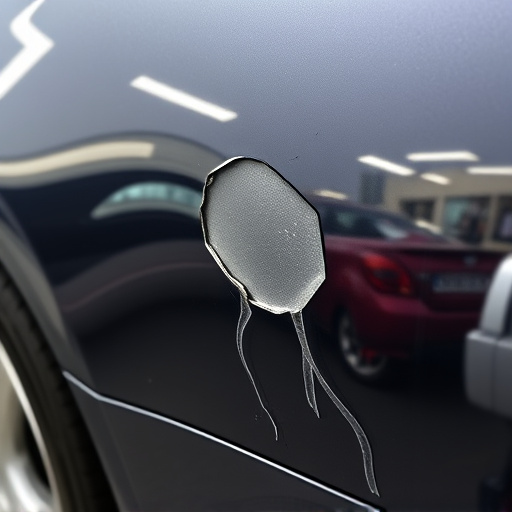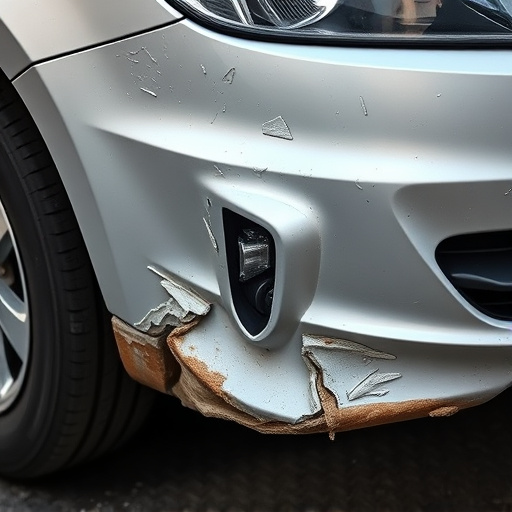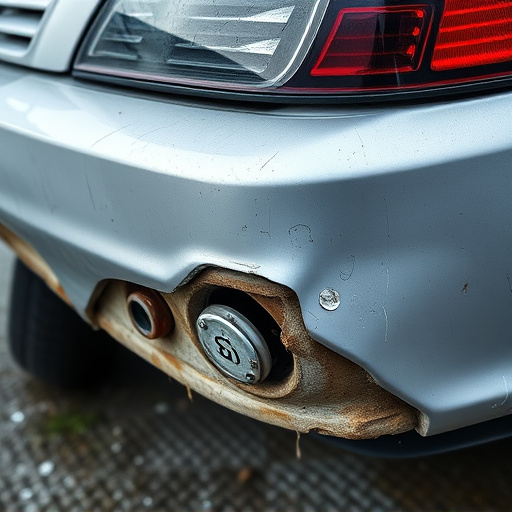Weather Impacts Dent Removal Process Effectiveness

Environmental conditions, including humidity, temperature, and extreme weather, significantly impact…….
Welcome to an in-depth exploration of one of dentistry’s most critical and precision-driven procedures—the dent removal process, also known as tooth extraction. This article aims to guide readers through the intricate steps, historical evolution, global impact, and cutting-edge advancements that define this essential aspect of oral healthcare. By the end, you’ll grasp why understanding dent removal is crucial for patients, dentists, and the broader dental industry.
Definition: Dent removal, or tooth extraction, is a dental procedure involving the mechanical removal of a tooth from its socket in the jawbone. It is a last-resort solution to address various oral health issues, ensuring patient comfort and overall oral well-being.
Core Components: The process encompasses several key steps:
Assessment: Dentists begin by evaluating the patient’s dental health, x-raying the mouth to determine tooth position, bone density, and surrounding structures. This step is crucial for planning the extraction.
Anesthesia: Local anesthesia is administered to numb the tooth and adjacent areas, ensuring a pain-free experience during the procedure. In some cases, general anesthesia may be used, especially for complex extractions.
Incision and Bone Requisition: A small incision is made in the gum tissue surrounding the tooth. The dentist then carefully separates the periodontal ligament (a fibrous structure holding the tooth) before lifting the tooth out of its socket. For teeth situated below the gum line, a portion of the jawbone may need to be cut away to expose and remove the tooth.
Hemostasis: After extraction, bleeding is controlled using various techniques, including direct pressure or special hemostatic materials. This step prevents excessive blood loss and promotes healing.
Post-Extraction Care: Patients are provided with instructions for caring for the extraction site, including keeping it clean and avoiding strenuous activities to facilitate proper healing.
Historical Context: The practice of tooth extraction has a long history, dating back to ancient civilizations. Ancient texts from Egypt, Greece, and China describe various methods, often involving crude instruments. In the 18th century, significant advancements were made, with surgeons like John Hunter refining techniques and introducing more sophisticated tools. The modern dent removal process has evolved further with improved anesthesia, sterile techniques, and specialized equipment, making it a safe and relatively comfortable procedure today.
The dent removal process is a universal necessity, yet its application varies across regions due to differing cultural practices, economic factors, and healthcare systems.
| Region | Impact and Trends |
|---|---|
| North America & Europe | High availability of advanced dental services, with laser-assisted extractions and minimally invasive techniques gaining popularity. Strict regulations ensure safe and sterile procedures. |
| Asia | Rapidly growing demand due to increasing awareness of oral hygiene and rising disposable incomes. Mobile dental clinics cater to remote areas, improving access to extraction services. |
| Middle East & Africa | Focus on community-based healthcare, with mobile units providing extraction services. Cultural attitudes toward dental care vary, impacting treatment seeking behaviors. |
These variations highlight the dynamic nature of dent removal, influenced by local needs, resources, and cultural perspectives. Global trends indicate a growing emphasis on:
The dent removal process plays a significant role in economic systems, impacting both healthcare expenditure and employment.
Market Dynamics:
Investment Patterns: Private dental practices and hospital partnerships invest in advanced extraction equipment and trained professionals to meet growing demand.
Economic Impact:
Technology has revolutionized dent removal, enhancing precision, safety, and patient comfort.
Key Advancements:
| Technology | Impact |
|---|---|
| Laser-Assisted Extraction | Uses laser energy to vaporize hard tissue, reducing surgical time and potential bone damage. Offers precise control and minimal heat transfer, leading to faster healing. |
| Ultrasonic Bone Surgery | Employs high-frequency vibrations to cut and fragment bone, facilitating easier extraction without excessive force. Reduces surgery duration and patient discomfort. |
| Digital Imaging & 3D Planning | Computerized tomography (CT) scans provide detailed 3D models of teeth and jaws, enabling precise planning for complex extractions. Enhances accuracy and reduces complications. |
| Robotic Dentistry | Robotic systems assist in intricate extractions, offering enhanced dexterity and control. Can improve surgical outcomes and reduce procedural time. |
These innovations contribute to more efficient, comfortable, and predictable dent removal procedures.
Governing bodies worldwide have implemented policies and regulations to ensure the safety and ethical conduct of dent removal practices.
Key Regulatory Frameworks:
These regulations cover areas such as:
Despite its advancements, dent removal faces challenges and criticisms that demand attention.
Common Challenges:
| Challenge | Solutions & Strategies |
|---|---|
| Inadequate Pain Management | Improved local anesthesia techniques, combined with oral or topical analgesics, can provide effective pain control. Patient education about post-extraction discomfort is essential. |
| Complications in Complex Cases | Advanced imaging and surgical guidance systems enhance precision. Regularly updating skills through continuing education ensures dentists are prepared for complex extractions. |
| Inadequate Access to Care | Mobile dental clinics, community outreach programs, and government initiatives can improve access, especially in rural or underserved areas. |
| High Costs | Dental insurance coverage and affordable care models can mitigate financial barriers. Community-based dental health programs offer subsidized services. |
Criticisms and Debates:
Case Study 1: Laser-Assisted Extraction in Urban Practice
Setting: A busy urban dental clinic in the United States.
Scenario: Dr. Sarah Lee encounters a patient with several impacted wisdom teeth causing pain and potential damage to adjacent structures. Traditional surgical extraction was risky due to proximity to nerves and sinuses.
Solution: Laser-assisted extraction was performed using a state-of-the-art system. The laser vaporized the hard tissue, allowing for precise removal without soft tissue trauma.
Outcome: The patient experienced minimal discomfort post-op, requiring only mild analgesics. Healing was uneventful, and the patient’s bite was restored to its natural alignment. This case demonstrates how technology addresses complex extraction challenges.
Case Study 2: Community Dental Outreach Program
Context: A non-profit dental charity in a rural Indian village.
Mission: To provide dent removal services to underprivileged children, many of whom had never visited a dentist before.
Process: Mobile dental units equipped with portable X-ray machines and extraction tools reached remote villages. Local volunteers assisted, ensuring cultural sensitivity and comfort during the procedures.
Impact: Over 200 children received necessary extractions, alleviating pain and improving oral health. This initiative highlighted the critical role of community-based dentistry in addressing access disparities.
The dent removal process is poised for further growth and innovation, driven by emerging technologies and shifting patient expectations.
Potential Growth Areas:
Emerging Trends:
The dent removal process, though often overlooked, is a cornerstone procedure in modern dentistry. Its historical evolution, global impact, economic significance, and technological advancements underscore its importance. By navigating challenges, embracing innovations, and addressing access disparities, the dental community ensures that this critical service remains accessible, safe, and effective for patients worldwide.
Q: Are tooth extractions always necessary?
A: No, extractions are a last resort. However, they may be required due to impactions, severe decay, infections, or dental trauma. Proper oral hygiene and regular check-ups help prevent unnecessary extractions.
Q: How do I know if my dentist is qualified to perform extractions?
A: Dentists must complete advanced education and training in extraction procedures. Look for certifications from professional organizations and years of experience in your dentist’s profile.
Q: What are the potential risks associated with dent removal?
A: Risks include infection, bleeding, nerve damage, and jaw fracture. However, these are rare when performed by qualified professionals following strict sterile protocols.
Q: Can I request a sedative for the procedure?
A: Yes, many dentists offer sedation options, including local anesthesia, conscious oral sedation, or general anesthesia, depending on the complexity of the extraction. Discuss your preferences with your dentist.
Q: How do I care for my mouth after an extraction?
A: Follow your dentist’s instructions for post-op care, which may include keeping the extraction site clean, avoiding strenuous activities, and taking prescribed medications to manage pain and reduce swelling.

Environmental conditions, including humidity, temperature, and extreme weather, significantly impact…….

Real-life customer experiences highlight the efficiency, effectiveness, and skill of modern dent rem…….

The dent removal process involves skilled technicians using a blend of manual and technological tool…….

Common vehicle dent causes include parking obstacles and road debris. Auto body shops use skilled te…….

The dent removal process is a meticulous art that transforms damaged cars, repairing structural inte…….

Understanding dental options is crucial for effective dent removal. For minor dents, paintless dent…….

Vehicle dents result from various causes like door dings, paint scratches, and collisions. Auto body…….

Before choosing a shop for dent removal, understand vehicle damage, research nearby services, compar…….

Modern innovations have revolutionized the dent removal process, making car dent repair more efficie…….